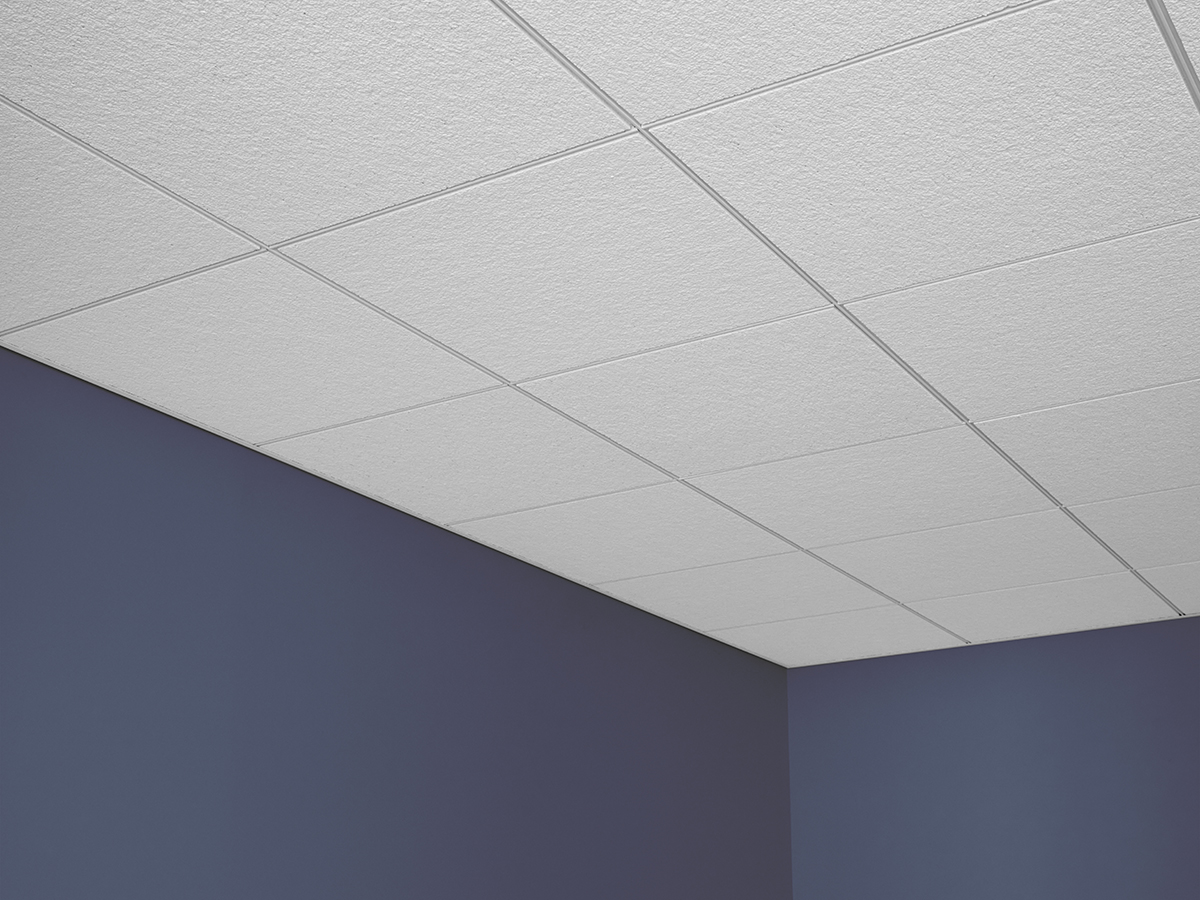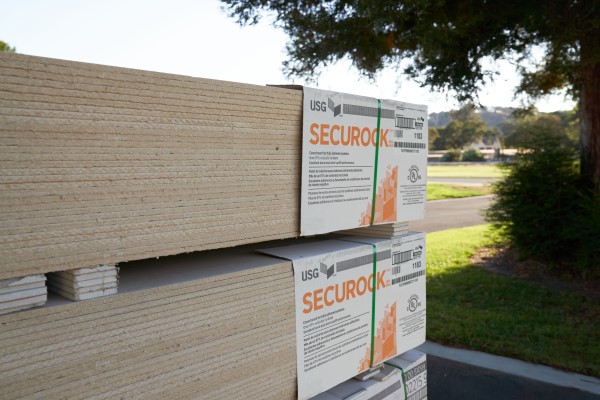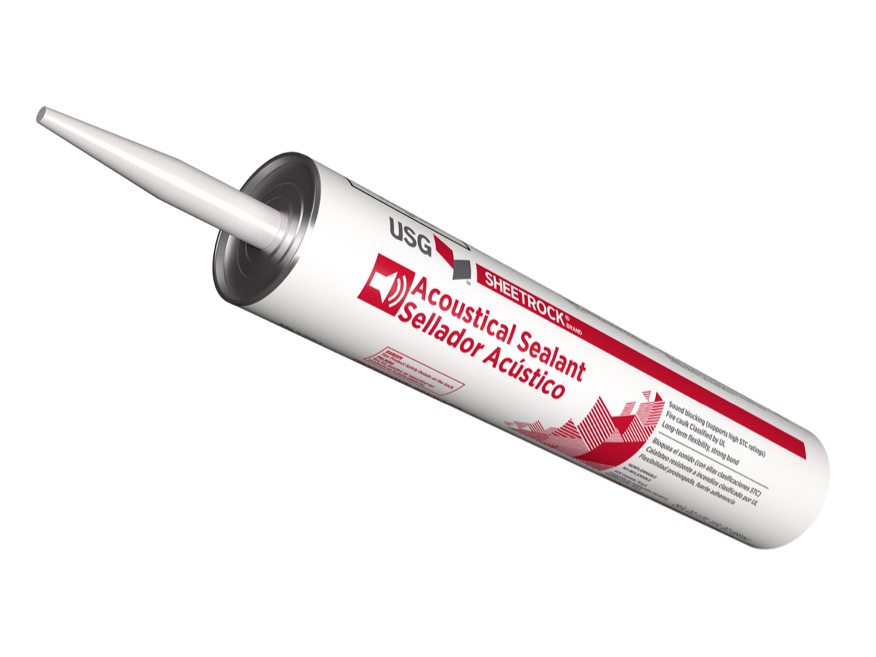Sign In
You're All Set
Welcome back! You are now signed in.
You have been logged out
You have been logged out due to inactivity
Forgot Password
Please enter the email address you used to create the account. We'll send you a link that lets you create a new password.
You're All Set
Please check your email. Click the link in the email to create a new password.
Reset Password
You're All Set
Success! Your password has been updated.
Change Password
You're All Set
Success! Your password has been updated.
Important Sustainability Transparency Documents in Construction Materials
Building materials are primarily specified based on cost and performance, especially products like drywall, joint compound, and other interior finishing products. With the increased interest in environmental protection and the use of green building rating systems such as LEED®, the WELL Building Standard, and the Living Building Challenge, sustainable products are in demand.
Building material selection is a critical component of any sustainability-minded design that influences the entire building's carbon footprint while increasing energy efficiency and promoting overall occupant well-being. This makes it important to know which products are best suited for your project.
Transparency & Sustainability
USG is enabling our customers to choose sustainable products that reduce the overall impact on the environment. We’re also focused on the well-being of occupants in the indoor environments we help our customers create. This involves developing innovative products that enable healthy spaces, and just as importantly, providing transparency documents for all USG products across our portfolio.
Product transparency documents include the details about a product’s environmental and health attributes. The most relevant transparency documents and recognitions for specifying sustainable building products are Health Product Declarations (HPD), Environmental Product Declarations (EPD), Declare Labels, and low Volatile Organic Compound (VOC) emitting certifications. Each of these has become standards for selecting interior building materials like ceilings, drywall, and flooring products.
With all of this in mind, here’s some more information on sustainability transparency documentation to look out for when specifying construction materials:
Health Product Declarations (HPD)
The Health Product Declaration® (HPD) Open Standard is a building industry standard specification for reporting on the content and associated health information of building materials. Since its initial release in 2012, the Standard has been voluntarily adopted by most leading green building rating and certification programs, making accurate and reliable information available in such programs.
USG has been creating HPDs for 10 years; our first HPD was published in March 2014 for Sheetrock® Brand Firecode® X Panels.
Environmental Product Declarations (EPD)
An Environmental Product Declaration (EPD) quantifies the environmental impact of a product by utilizing a measurement of increasing significance—embodied carbon. Embodied carbon is defined as the total carbon associated with all production and procurement steps, from mining and processing of natural resources to manufacturing, transportation, and installation; this is denoted in an EPD by the modules A1-A3 (Product Stage).
When considering products in an effort to reduce the overall carbon footprint, the most attention should be given to a product’s embodied carbon, also known as the global warming potential (GWP), found on a product’s EPD.
Declare Label
Declare Labels can be considered the nutrition label of building products. These labels disclose all intentionally added product ingredients above 0.01% by weight and classify each product according to the presence and amount of Red List chemicals.
The LBC Red List is an effort to address and reduce the most hazardous chemicals common to building materials, as determined by the International Living Future Institute’s (ILFI) Living Building Challenge. The list consists of materials, chemicals, and elements that pose the greatest risk and impact on both environmental and human health.
The USG Solution
The USG portfolio of products features many notable sustainable solutions, headlined by lighter-weight Sheetrock® Brand EcoSmart Panels which have been sold since 2017. There are also many products outside of the wallboard category with sustainable qualities, certifications, and transparency documentation that may not be as widely known to our customers:
Eclipse™ Acoustical Panels

USG Eclipse™ Acoustical Panels are specially designed acoustical ceiling tiles that are sag-resistant while maximizing sound absorption, offering superior acoustic control with sustainability in mind. Aside from full transparency documents, these fine-textured panels are LBC Red List Approved, UL GREENGUARD GOLD certified, and recyclable.
Learn more about the sustainable qualities of these panels here.
USG Securock® Brand Gypsum-Fiber Roof

In contrast to some competing gypsum-based roof boards, USG Securock® Brand Gypsum-Fiber Roof Board has been declared LBC Red List Freewhile also maintaining noteworthy performance attributes such as superior wind-uplift, bond strength, and fire resistance for long-term value and protection. This product is also UL GREENGUARD Gold and qualifies as a low VOC-emitting material (meets CA 01350).
All sustainability transparency documentation for this product, including HPD and EPD, can be found here.
Design Solutions - Colortex™ Barz® PET Baffles

Made from 100% recycled materials, including PET felt, a material made from post-consumer recycled bottles, Design Solutions - Colortex™ Barz® PET Baffles are available in 20 beautiful colors, 8 profiles, and 3 lengths, providing you with excellent acoustic performance and sustainable design.
Additional sustainability information and documentation can be found here.
Sheetrock® Brand Acoustical Sealant

USG Sheetrock® Brand Acoustical Sealant is a water-based, highly elastic fire caulk that is easy to apply and provides a resilient acoustical seal. This product features an HPD and comes certified under the CDPH Standard Method V1.2-2017, which tests and evaluates VOC emissions for products intended for indoor use.
Discover more sustainable documentation and certifications here.




